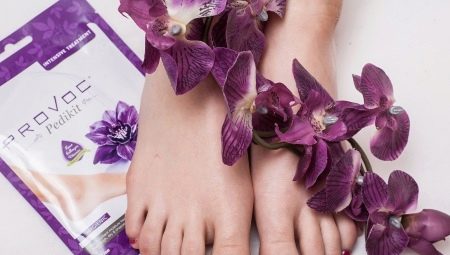Pedicure is a necessary procedure for every woman, which must be done about once every 1-1.5 months. This process has its own subtleties and, as a rule, lasts quite a long time, since it is necessary to pre-treat the rough skin of the feet. In order to reduce the time for preparing the legs for care, a Brazilian pedicure was invented.
Feature of the procedure
Brazilian pedicure is a salon (less often home) procedure for feet and nails care, during which steaming the skin in water is replaced by treating the feet with a special emulsion. For better softening, special socks are put on the legs, which allow the cream to work even more efficiently. Depending on the manufacturer, the emulsion contains various useful components.
- Keratin. Restores nails, nourishes them and strengthens.
- Calcium. Makes the nail plate durable and beautiful.
- Tea tree essential oil. Effectively relieves irritation, has anti-inflammatory activity. Helps to get rid of skin and nail fungus and other diseases caused by microorganisms.
- Allantoin. Moisturizes, regenerates and exfoliates dead skin cells.
- Hamamelis. Hypoallergenic component that fights inflammation and perfectly tones the skin.
- Beeswax. It softens and nourishes the skin, seals microcracks on the nails.
- Vitamin E. Restores and nourishes the skin of the feet and nail plate.
- Urea. A wonderful antiseptic, nourishes the skin and nails with moisture. Relieves irritation and itching.
- Special polymer R236. Smoothes the nail bed, gives it a beautiful look and shine.
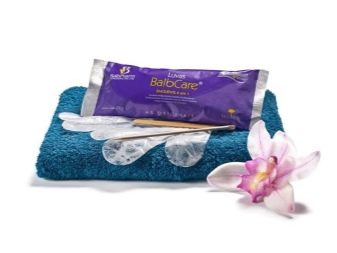
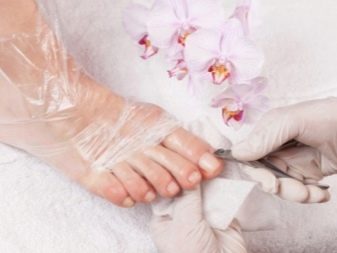
The pluses and undoubted advantages of the Brazilian manicure procedure include:
- acceleration of the process, especially in comparison with the classic pedicure;
- can be used on irritated and fungus-affected skin;
- improves blood circulation in the lower extremities;
- the condition of the skin and nails improves even after the first session;
- nails cease to exfoliate;
- usually does not cause allergies;
- can be used on any type of skin;
- water is not required;
- gently scrub the surface of the feet and removes dead cells;
- corns and corns disappear.
However, in addition to the pros, there are several disadvantages, among them:
- if a low-quality emulsion from an unverified manufacturer is used, then an allergy may occur, or the effect will be minimal;
- high cost (from 1 thousand rubles and above, which is about 1.5 times more expensive than a classic pedicure).
Nevertheless, these disadvantages are very arbitrary, and if you choose a good salon and craftsmen, or buy an emulsion in a specialized store, then these troubles can be avoided.
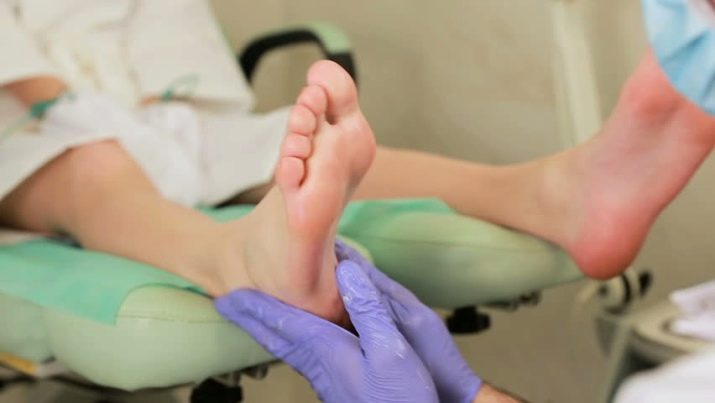
Tools and their selection
In order to conduct a Brazilian pedicure procedure, you will need the following:
- emulsion;
- special socks;
- nail file;
- apparatus for pedicure (in difficult cases);
- cuticle stick.
Special socks create a greenhouse effect and enhance the effect of the cream. It is better absorbed and softens the skin. If it is not possible to use them, then ordinary plastic bags are put on their feet, and they are insulated with terry socks on top.
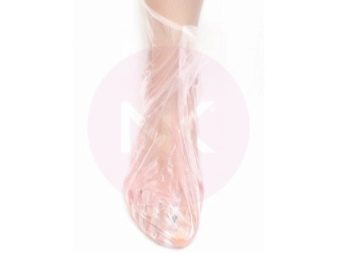
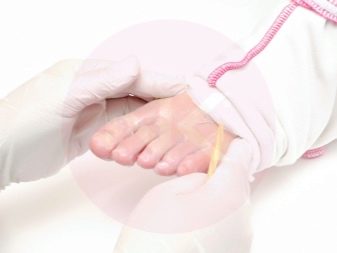
The emulsion is best purchased in a salon or professional cosmetics store. It is worth giving preference to trusted manufacturers, and not chasing the cheapness. Otherwise, you can get an allergic reaction, and the legs will be in even worse condition than initially.
It is better to purchase an emulsion of the following brands: BalbCare, NK and NMPcare. Their cost starts from 200 rubles, but these brands are used in salon procedures.
If there are a lot of corns and calluses, and the skin is dry and cracked, then after exposure to the emulsion, additional treatment of the skin with a pedicure apparatus with abrasive caps may be required. They are a mill coated with sand grains of various fractions. They are used to polish the skin on the feet, eliminate corns and corns, correct the shape of the nail plate and ingrown nail. You should choose them based on the neglect of the problem, and also remember that the skin was pre-treated with cream, and too hard a cutter can hurt.
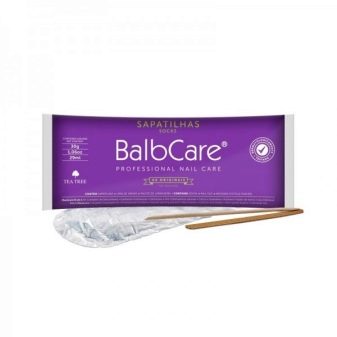
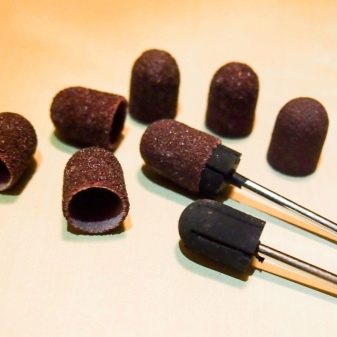
Right technology
It doesn’t matter whether Brazilian manicure is undergoing at home or in the salon, she has the same sequence.
- The feet and toes are wiped with an antiseptic and thoroughly cleaned with a cloth from dirt.
- Socks are placed on the legs, in which the cream is pre-distributed. The exposure time is determined individually, but usually does not exceed 10-15 minutes. You can optionally massage your legs through socks. This will enhance the effect of the emulsion and will achieve a better result.
- The fingers are released from the socks and process the edges of the nail, side rollers. And also at this stage the cuticle is pushed back with a special stick. Trimming it is not recommended, since it grows more intensively from this, and there is always a risk of injuring thin skin.
- Then the socks are removed from the legs and the surface of the feet is treated. If it is too problematic, then use a special device with a suitable cutter, and in milder cases, you can do with a file with a hardness of 80 grit.
- The rest of the cream is removed with a napkin. If there is a need to apply colored varnish or shellac, then the surface of the nail must first be degreased.
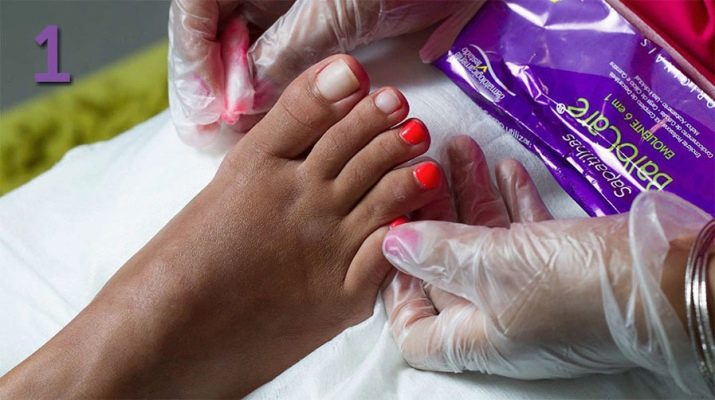
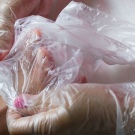
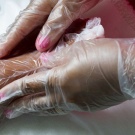
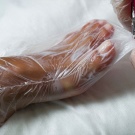
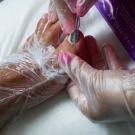
There is nothing complicated in a Brazilian pedicure, and it is quite possible to do it yourself, replacing the salon procedures with home ones. It is only important to follow all the recommendations and choose quality products and tools. Then it will be possible not only to save, but also the result will exceed all expectations.
See more about Brazilian pedicure technology.
